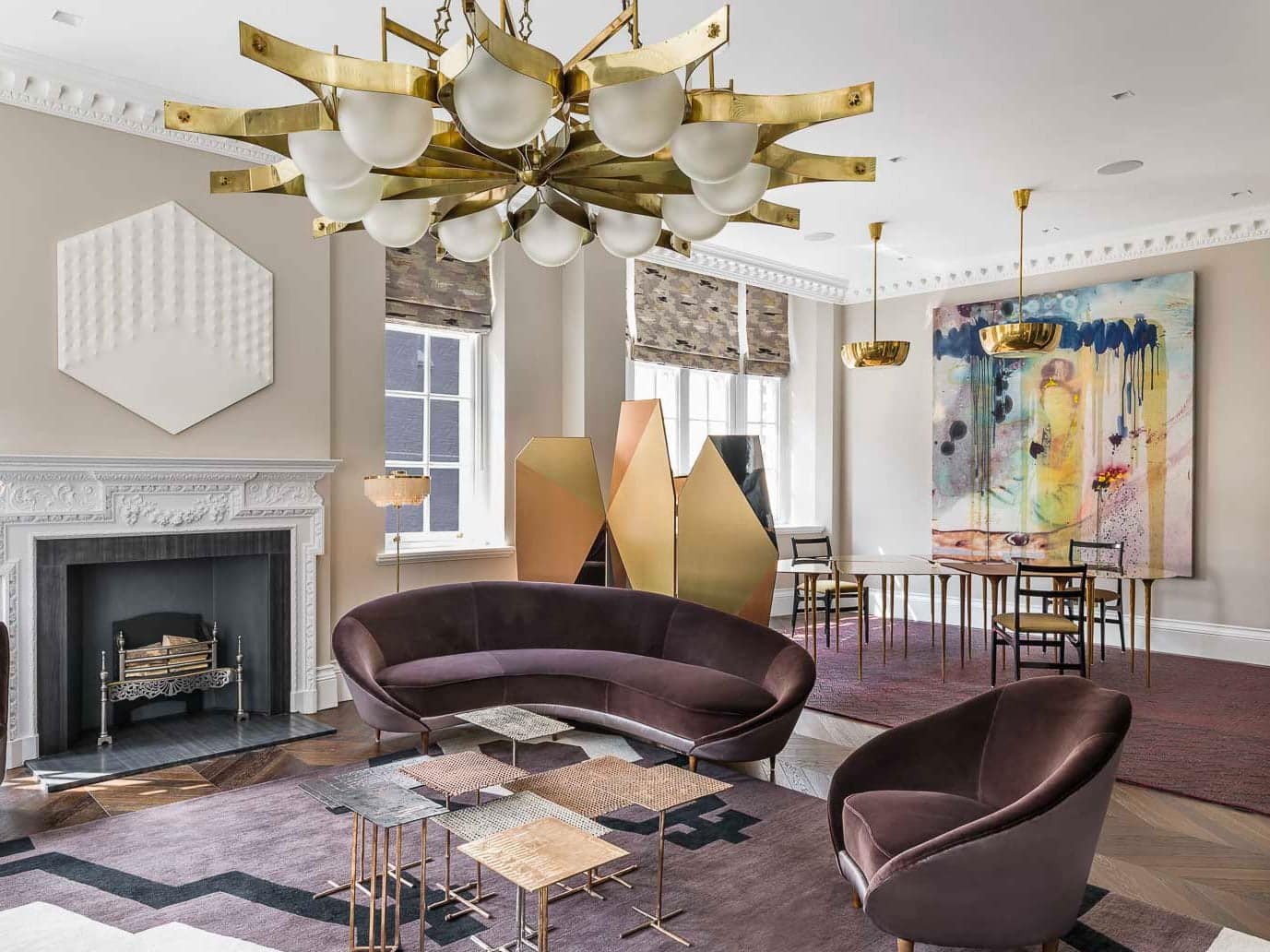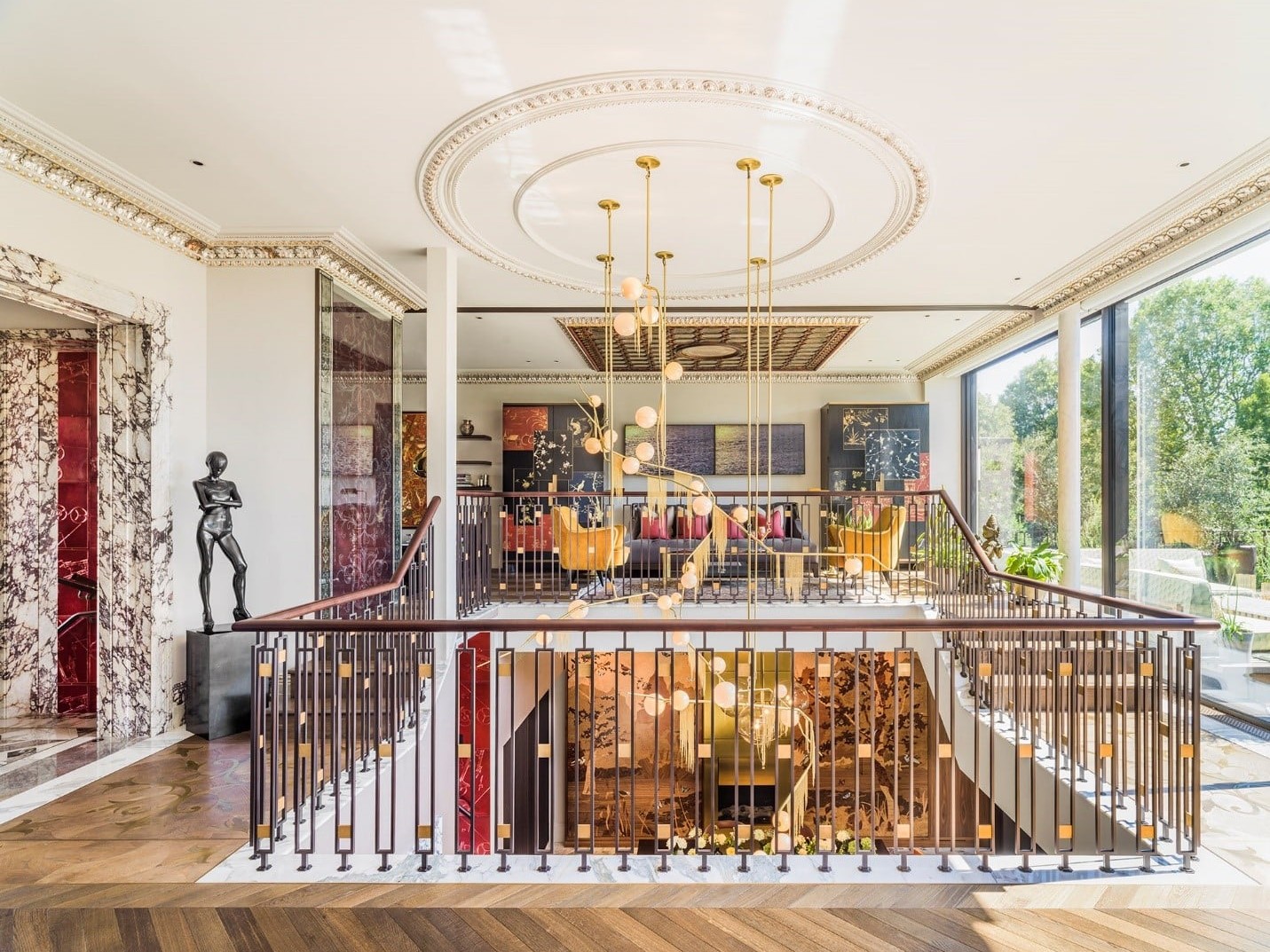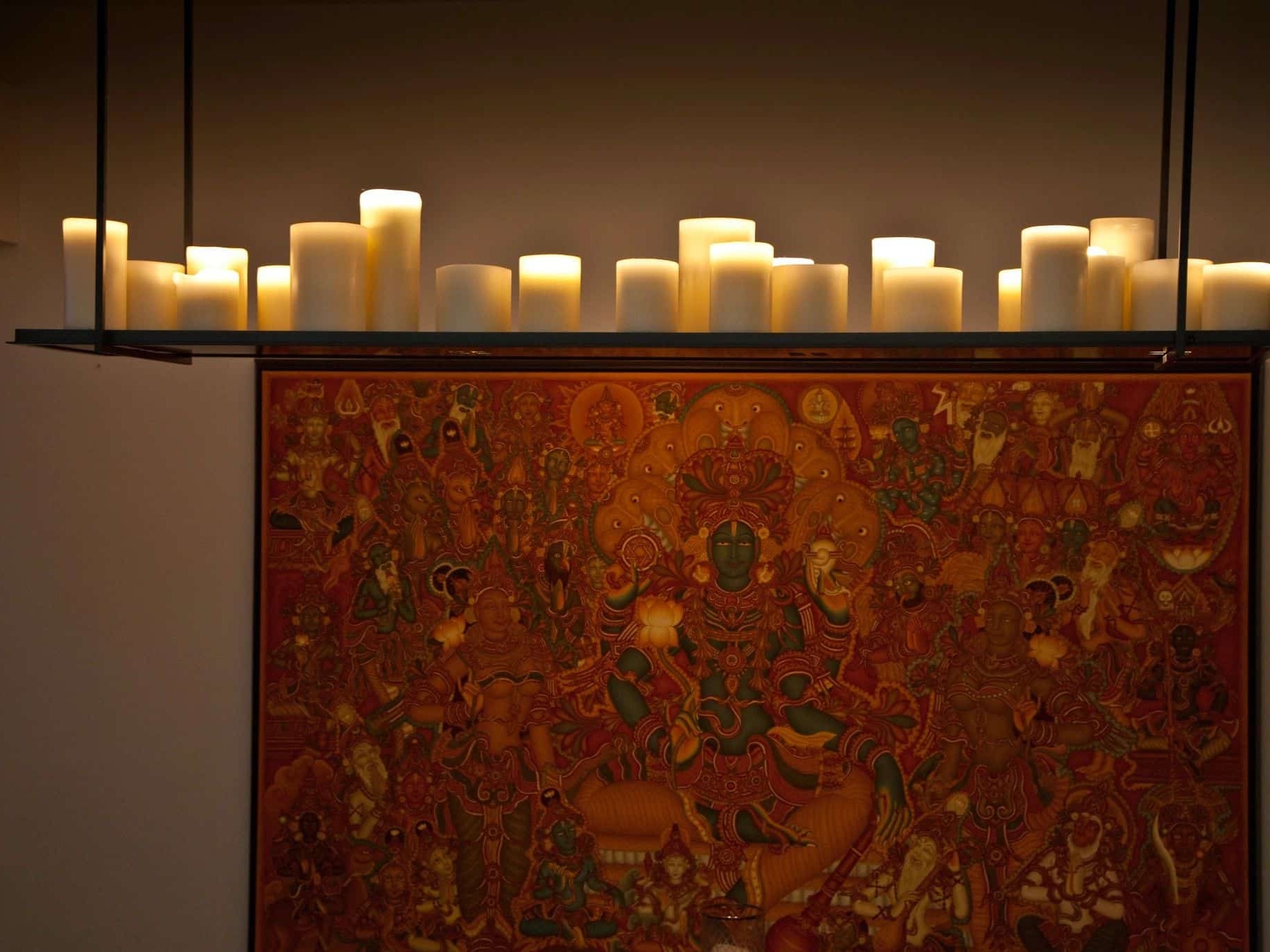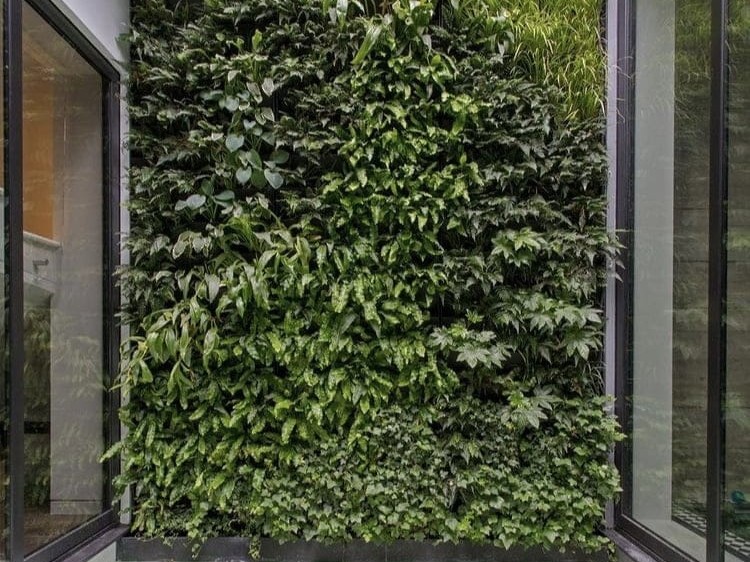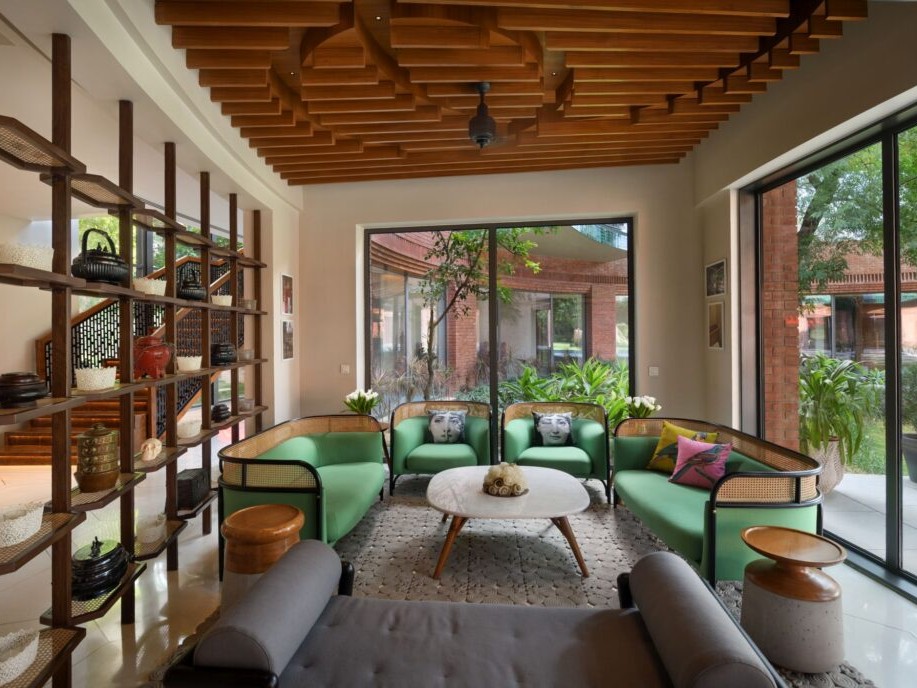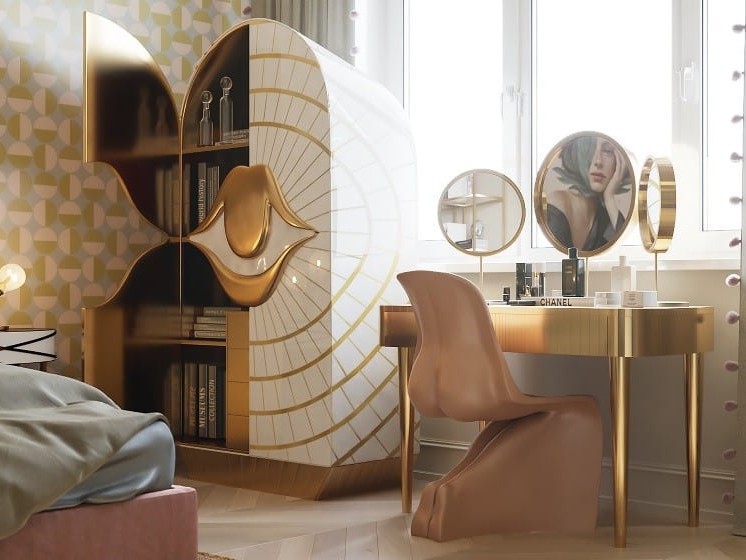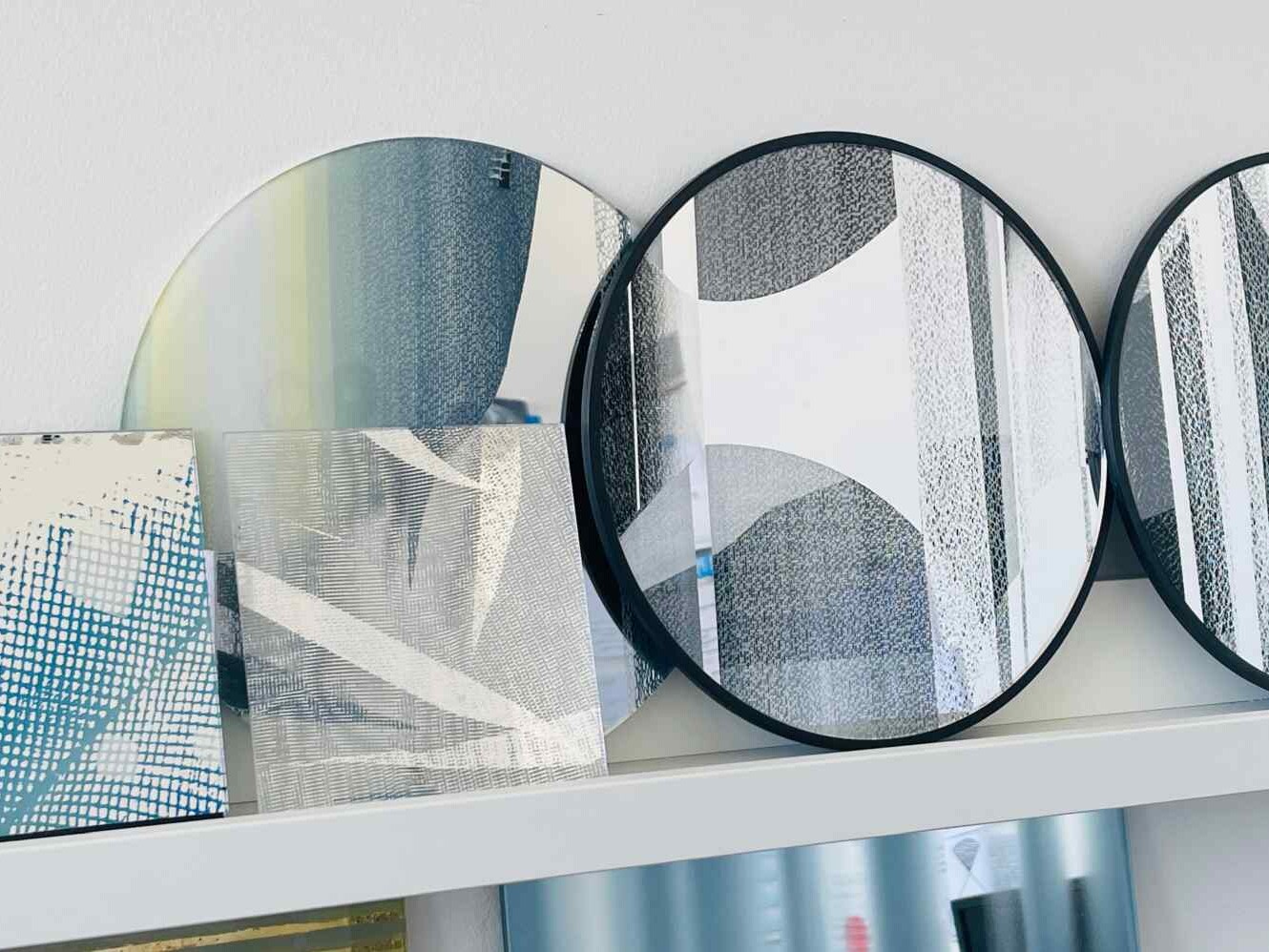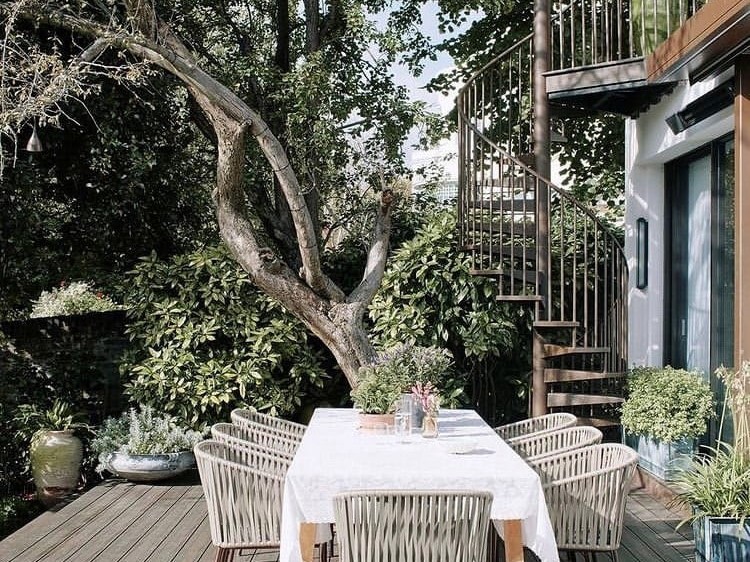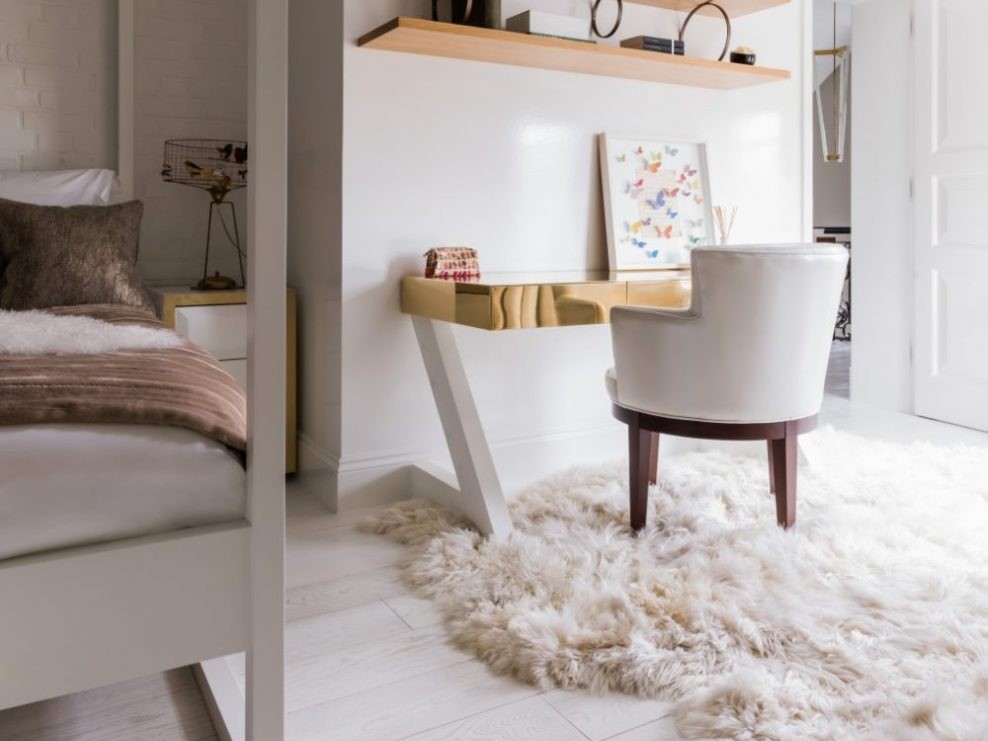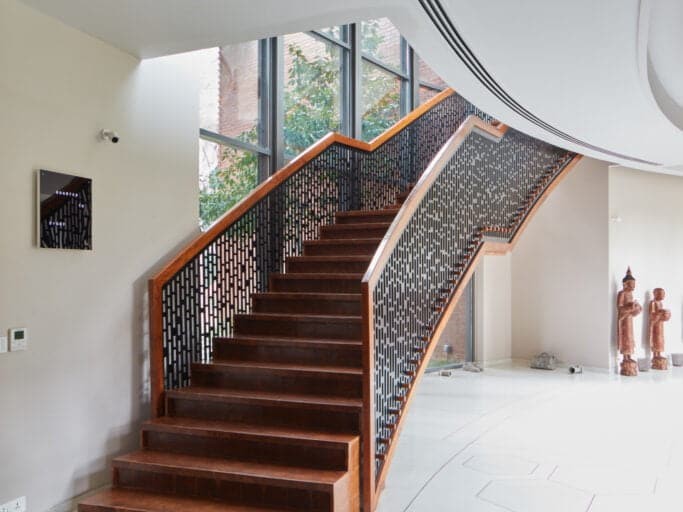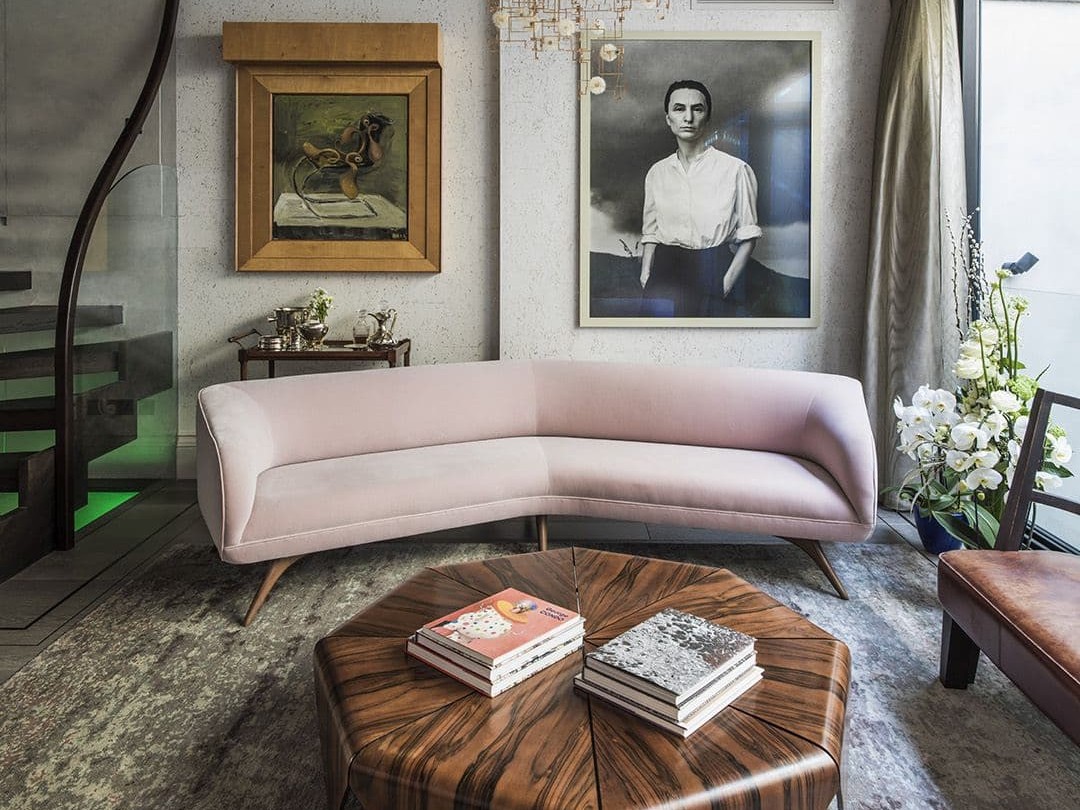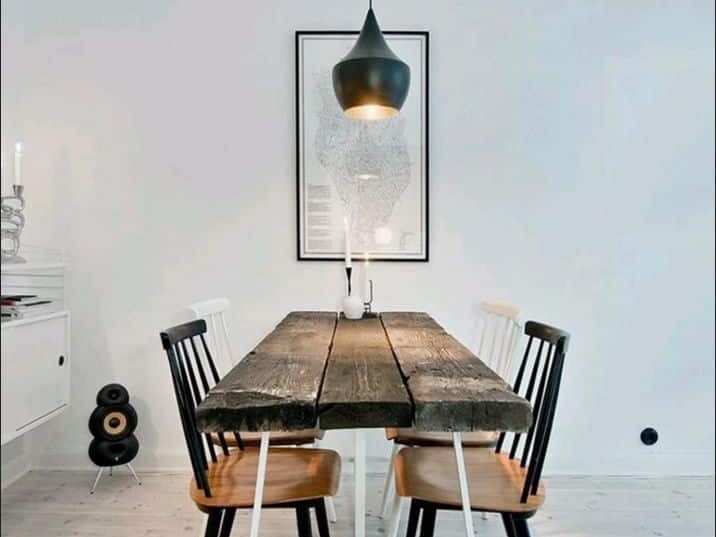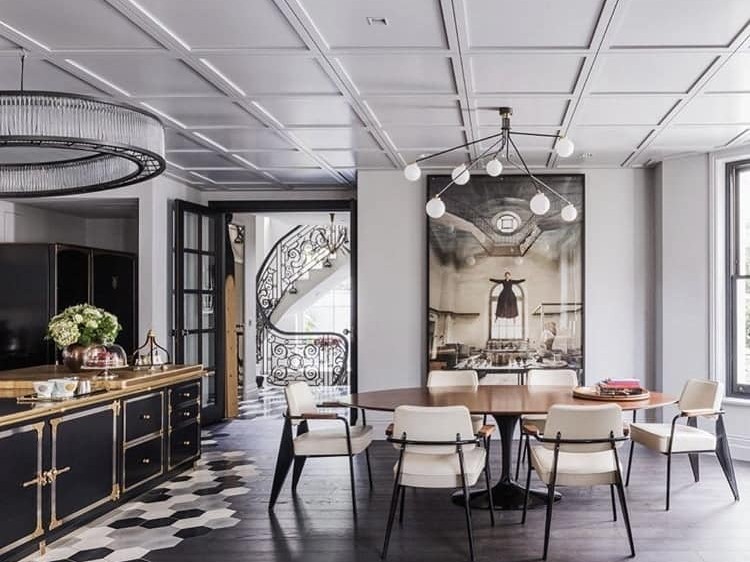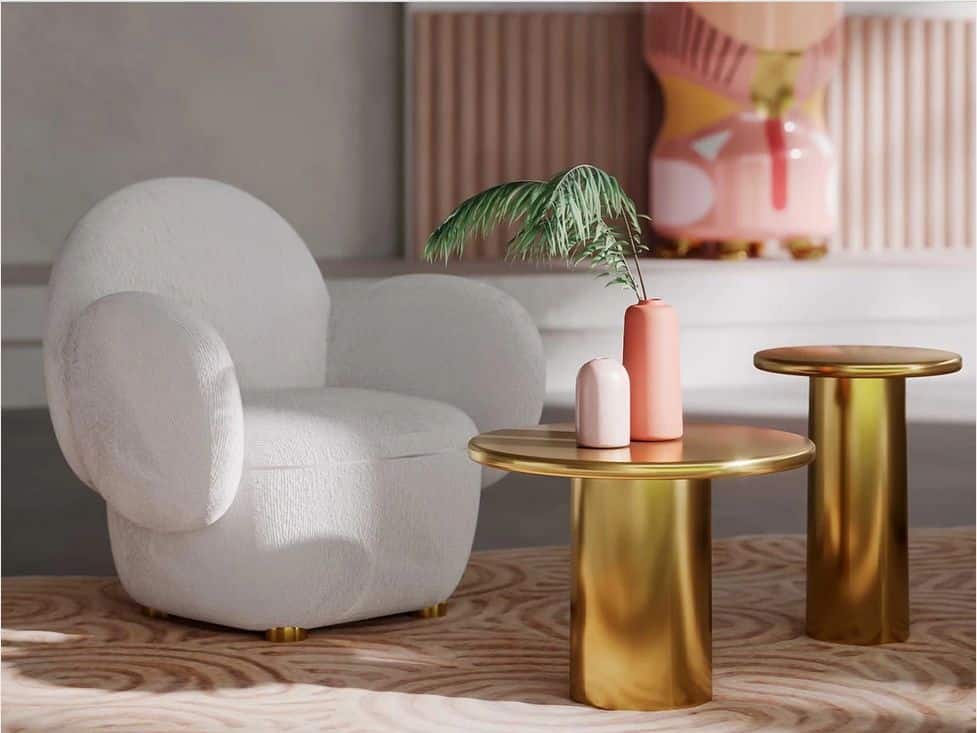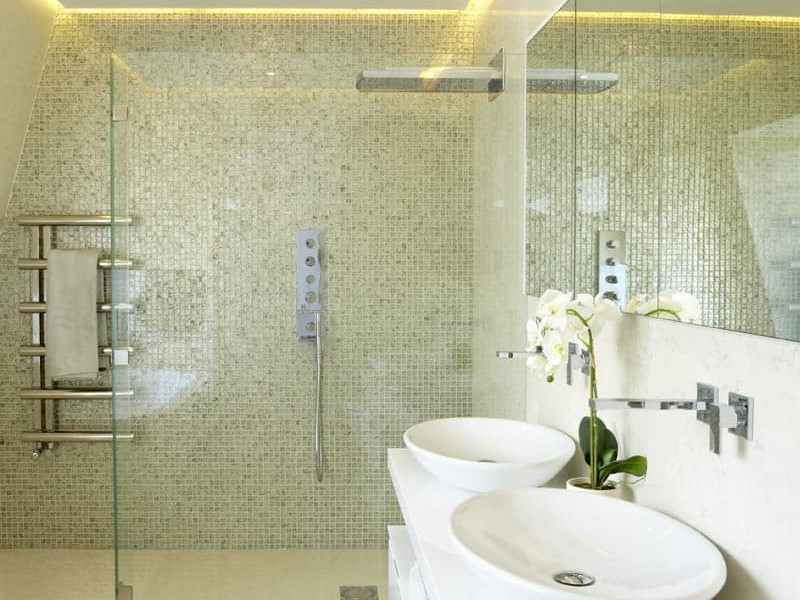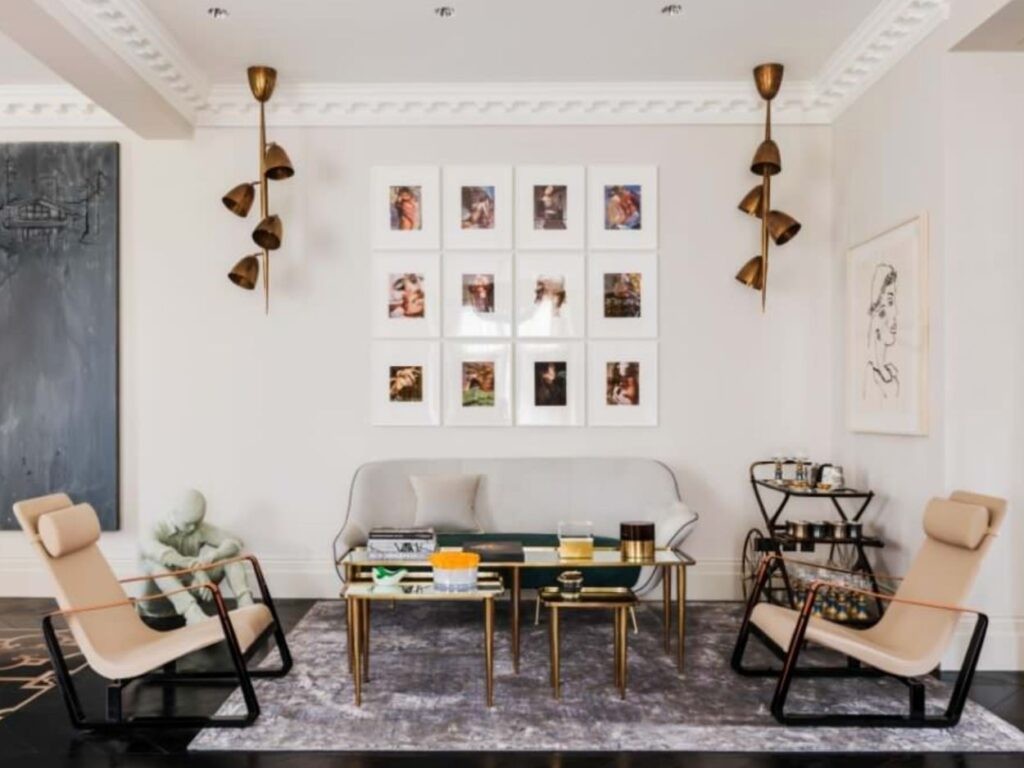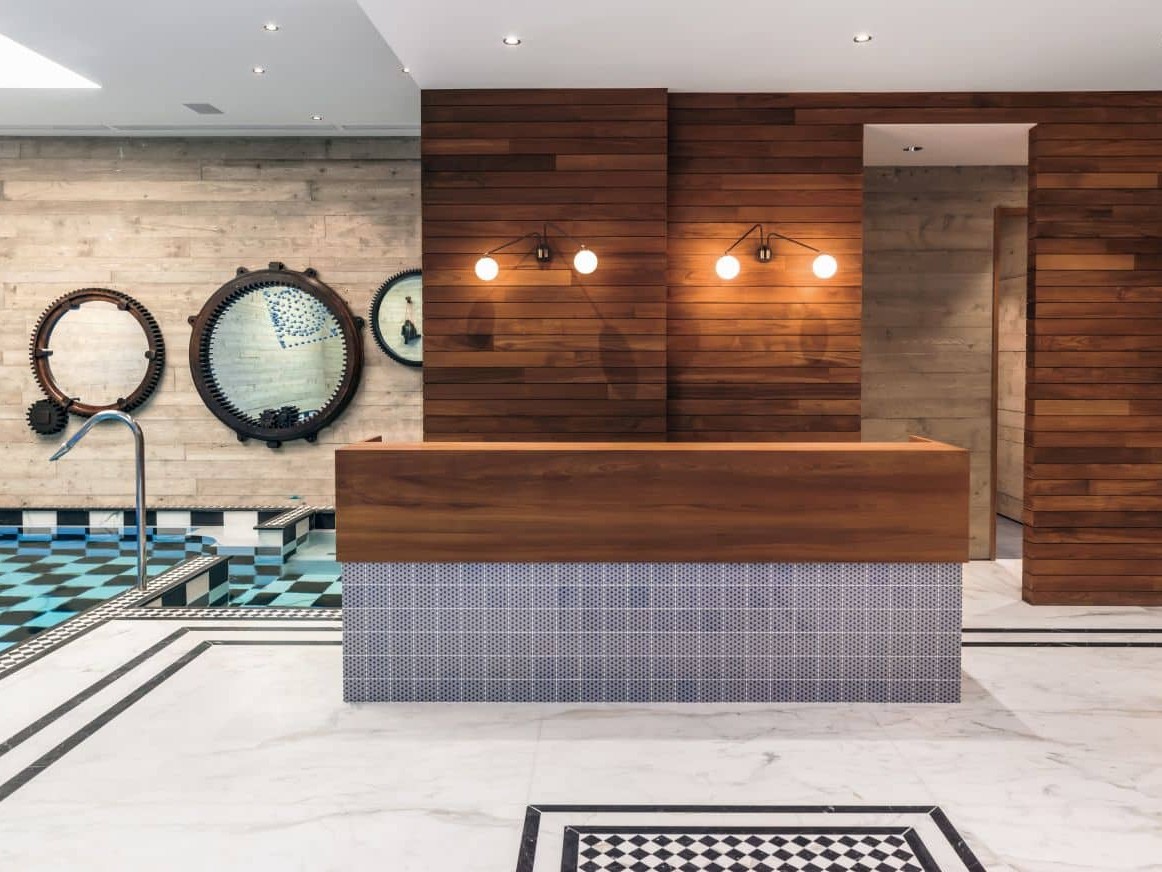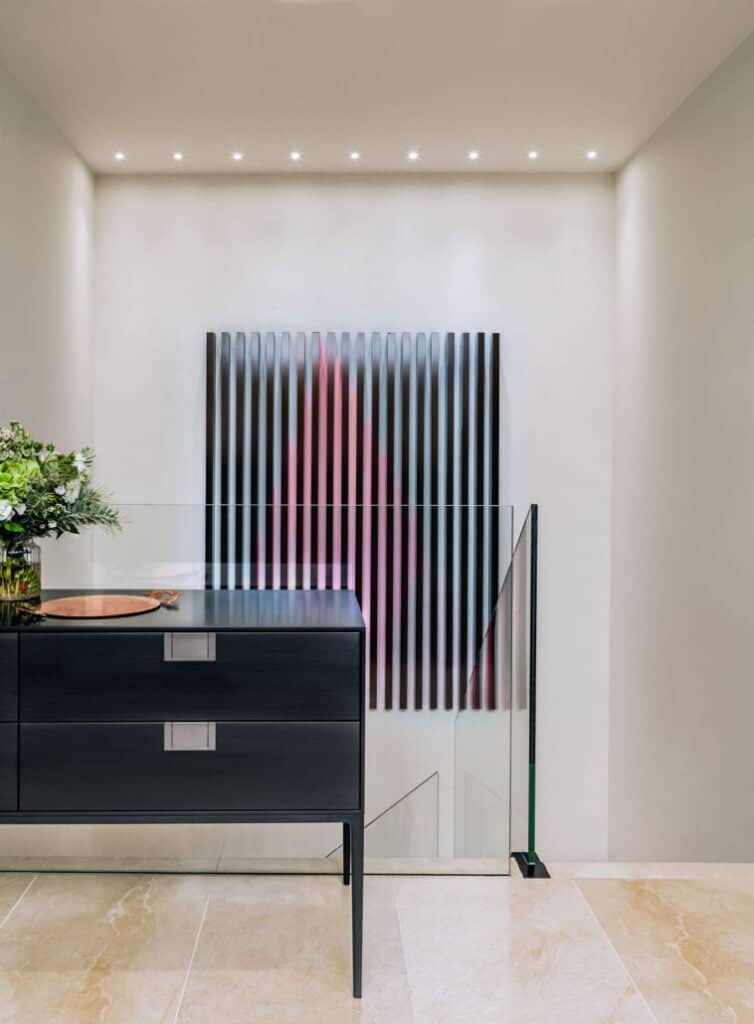
Lighting is a vital element in any interior design. Capable of making a space feel larger and brighter or more intimate and atmospheric, lighting can transform a room and enhance its purpose. However, this isn’t the only reason why lighting is a critical principle in every project Shalini Misra undertakes.
The impact of lighting on health and wellbeing has been well-documented, yet many people continue to overlook the effects it can have. By understanding the connection between lighting and wellbeing, you can ensure that your interior design nurtures and uplifts you, as well as elevating the aesthetic and function of your surroundings.
How Does Lighting Affect Wellbeing?
Our bodies are designed to respond to light, with natural processes automatically responding to the lighting stimulus we’re exposed to. The circadian rhythm – or sleep/wake cycle – relies on periods of light and darkness to regulate itself. That’s why getting up early on a bright summer’s day can feel easier than waking up on a dark winter’s morning!
We need exposure to natural light to produce vitamin D, which is essential for optimal health, so it’s not surprising that our bodies are intrinsically linked and highly affected by lighting. Of course, we don’t rely solely on natural lighting now that we have artificial lights at our disposal, but this doesn’t minimise its impact. In fact, it highlights why lighting design is so important to our wellbeing and why we need to use it to maximise our health wherever possible.
Lighting Can Intensify Emotions
When the brightness, hue, or saturation of light is increased, it can amplify the emotions we’re already feeling. Conversely, decreasing brightness, hue, and saturation levels can lessen the intensity of emotions. Similarly, cool lights can increase alertness and make it easier to focus, while warm lighting boosts relaxation.
If you’re feeling stressed or anxious, for example, unwinding in a dimly lit room can be more helpful than trying to relax in a bright space.
The effect of lighting on mood should be a decisive factor when using lighting design to elevate a space. If you’re designing a home office and want to be productive, efficient, and decisive, for example, cool, bright lighting can be advantageous. On the other hand, if you’re creating a relaxing den or soothing living space, muted lighting and soft glow lamps can offer the comforting and restful atmosphere you’re looking for.
Using Human-centric Lighting Design
To ensure your lighting design enhances health and wellbeing, it’s useful to take a human-centric approach. Essentially, this means being aware of the role that lighting has on the body’s natural circadian rhythm and using interior lighting to support this natural sleep-wake cycle.
By assessing how you use your space, you’ll find that it’s easy to take a human-centric approach to lighting design. If you have an open plan living space, for example, you may want to incorporate a variety of different lighting options to ensure that the versatility of the room is reflected. With brighter lights available for more active times, such as playing or working, and warmer, softer lighting on hand for restful evenings and relaxation, you can make sure that lighting is easily adjusted throughout the day to reflect the body’s natural cycles.
Alternatively, if you spend your working hours in a study and evenings in a den, you can incorporate cool, bright lights in your office space and warmer lighting in the den and living room and use the lighting design to reflect the purpose of the space.
Use Technology to Maximise Lighting Design
Technology is a fantastic way to optimise your lighting design, particularly as lighting designers are becoming increasingly aware of the impact light has on health and wellbeing. Now, health-enhancing lights, like SAD lamps for seasonal affective disorder or short-wavelength ‘blue’ lights for increased focus, are aesthetically pleasing, as well as functional.
Furthermore, the style of the lighting you choose can create a magical atmosphere in any space. From striking chandeliers to chic spotlights and slimline floor lamps to chunky table lamps, there are an array of lighting options that can be used in any environment.
How to Layer Lighting
If you want to get the most of your lighting design, both in terms of wellbeing and visual impact, a layered approach is beneficial. This increases the functionality of a room and allows you to modify the lighting based on the time of day, your activities, and your mood.
In its most basic form, layered lighting involves using multiple lighting sources to create a balanced environment. Instead of relying solely on ceiling lights, for example, you may choose to complement ceiling lighting with recessed lighting, wall lights, table lamps, and floor lamps.
By featuring lights at different heights, you can maximise their impact and versatility. Floor lamps and tabletop lighting allow you to modify the atmosphere in a room instantly and are easy to change or update in accordance with your overall interior design.
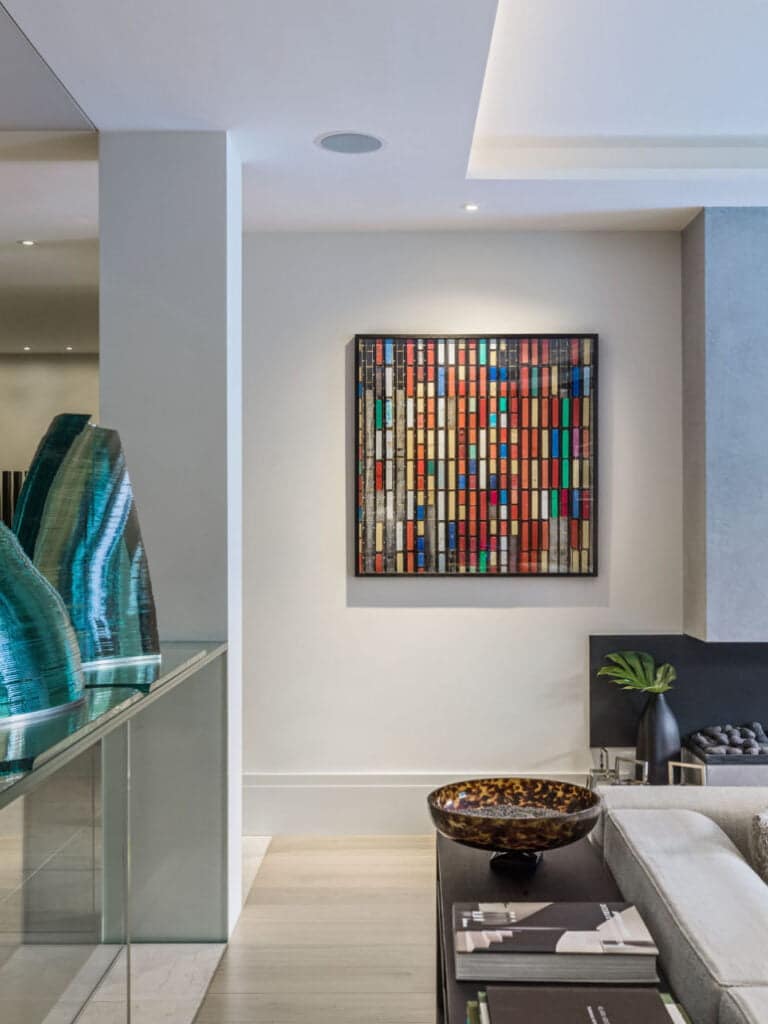
Showcase Your Interior with Lighting
As well as using lighting as a core element of your interior design, it can also be used to showcase particular aspects of the design or the interior as a whole. If you have statement pieces in a room, for example, be sure to use the right lighting to showcase them for maximum impact. Whether you want to draw attention to a stunning piece of art on the wall or a beloved sculpture in the hallway, discreet yet impactful lighting can be a subtle and effective way to highlight the aspects of your interior design that you enjoy the most.
Create Spaces That Maximise Wellness
Now you have had a glimpse into the integral role that lighting plays in any interior design, you’ll be able to incorporate lighting design into your own interiors more effectively. With a human-centric approach, you can maximise the critical role that lighting has on health and use it to optimise well-being – as well as using it to enhance the visual impact and aesthetic of your interior design.
Related articles
Interior Design Trends For Spring 2023
Expect plush velvets, dusty pastels and a focus on minimalism in our roundup.
Curio Maker Spotlight: Elizabeth Kent Studio
Elizabeth Kent’s mirrored masterpieces meld modern glass gilding and mirror making techniques with traditional print and etching methods.
The Art of Curating A Personal Collection At Home
Five ways your art can transform your home with soul, ambience and character.
Introducing The Shakti Design Residency
We’re so thrilled to launch the Shakti Design Residency in India, a new annual initiative to support emerging international design talent.
Creating the Perfect Home Gym: 7 Design Tips for a Personal Fitness Haven
We reveal seven design tips for the ultimate, motivating workout space.


